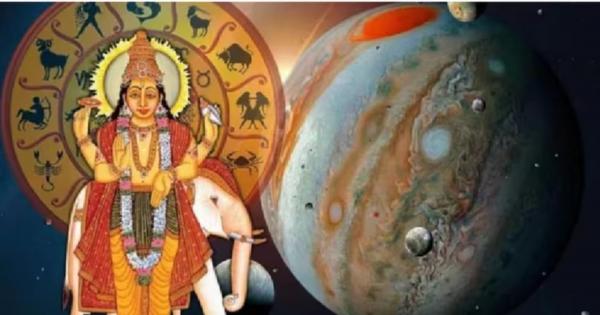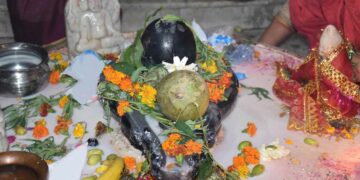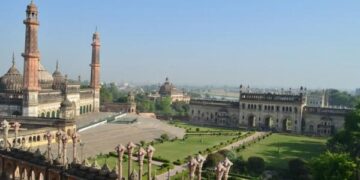According to the Hindu calendar, the solar eclipse occurs on Amavasya Tithi. This year, the last solar eclipse of the year is occurring on October 2. This day is Sarvapit-Amavasya. On this day, the shraddha of all the forgotten ancestors or those whose date is not known, is performed and the ancestors are bid farewell. This year the solar eclipse will occur on the night of October 2, the new moon day of the month of Ashwin. People have many questions in their minds about the solar eclipse or lunar eclipse. Here we will tell you. For which solar eclipse the sutak is observed and when is the sutak valid. First of all, let us tell you that the sutak begins 12 hours before the eclipse. During this time, nothing is eaten or drunk and no worship is performed. If it is very necessary, the sick and children can eat food by adding a basil leaf. Worship is not performed during this time.
When does Sutak occur?
Sutak period is observed before solar eclipse and lunar eclipse, if that eclipse is visible or is taking place where you live. This eclipse is not visible in India, so the Sutak period of this solar eclipse will not be considered. Sutak period starts 12 hours before the solar eclipse and 9 hours before the lunar eclipse. This time is considered inauspicious. At this time there is negative energy in the atmosphere. At this time the energy of Rahu and Ketu is very strong. Therefore, people refrain from eating and drinking at this time. The doors of the temples are closed and then the doors of the temples are opened only after cleaning after the purification of the eclipse. Apart from eclipse, Sutak period is observed when someone is born in the house and someone dies, in such a situation the family members cannot participate in worship. The worship rituals are started again only after purification.
Where will the solar eclipse be visible?
According to Indian time, the solar eclipse will occur at night, which will not be visible in the country. This eclipse will be visible in the western countries of the world, America, Canada, New Zealand, Argentina, Brazil, Cook, Fiji, Iceland and Arctic.






